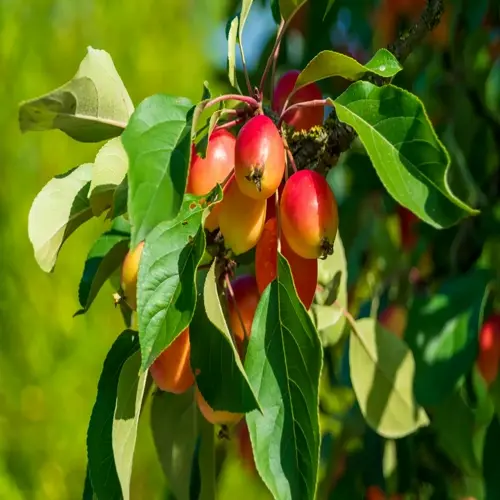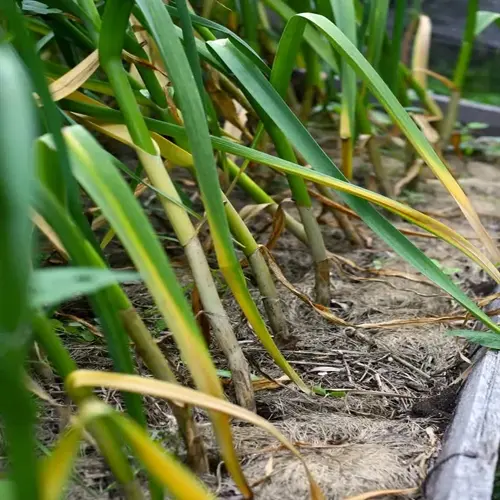How can I tell if grapes are ready for harvest?

Written by
Kiana Okafor
Reviewed by
Prof. Martin Thorne, Ph.D.Assessing the readiness to harvest grapes involves a combination of several indicators. The timing of harvest is based on sugar content, acidity, the appearance of the berry, and the signals from the vine. Neglecting an individual factor can result in missing out on high-quality fruit or a valuable opportunity.
Utilize a refractometer to measure Brix levels for precise measurements of sugar concentration. For table grapes, Brix levels should be between 16-20° Brix, and for wine varieties, they should be 19-28° Brix. When testing Brix levels, test multiple berries from different parts of the vineyard because exposure to the sun results in irregular ripening across the vine.
Use pH meters and titration kits to assess the balance of acidity. Given a low pH of 3.0-3.5 for table grapes, the acidity balance is increased. Therefore, the normal wine pH would then be considered 3.3-3.6. Normal titratable acidity would also range from 5 to 10 g/L, based on varietal and desired outcome.
Sugar Testing
- Use refractometer on mixed berry samples
- Calibrate with distilled water daily
- Target variety-specific Brix ranges
- Test morning and afternoon samples
Vine Signals
- Check for brown lignified stems
- Note easy cluster detachment
- Observe reduced shoot growth
- Monitor leaf color changes
Taste Evaluation
- Chew berries completely including seeds
- Assess sugar-acid balance on palate
- Note flavor complexity development
- Detect undesirable green notes
Integrate instrument readings with taste testing to double-check your results. (If you would like to confirm residual bitterness, chew some berries, including their seeds.) Ideally, the grape will exhibit a balanced sweetness and acidity, with complex flavors and minimal astringency or sourness.
Recall vine signals such as browning on the stem and slowed shoot growth, which signify the plant has channeled its full energy to the maturation of fruit. Select clusters that detach easily with a slight upward lift.
Read the full article: When to Harvest Grapes: The Essential Guide

